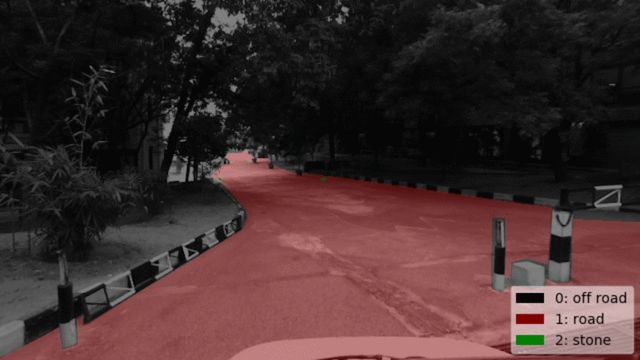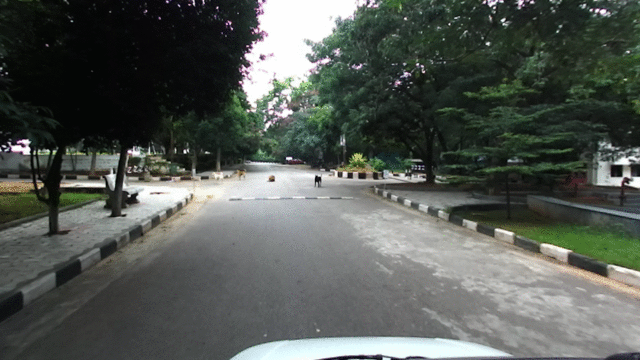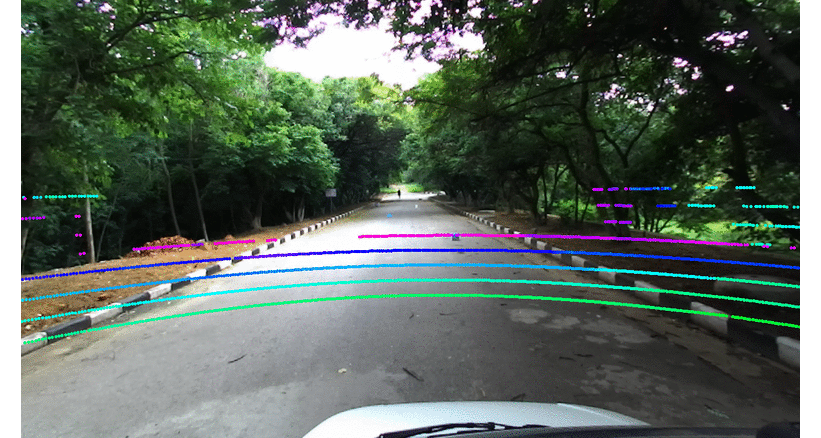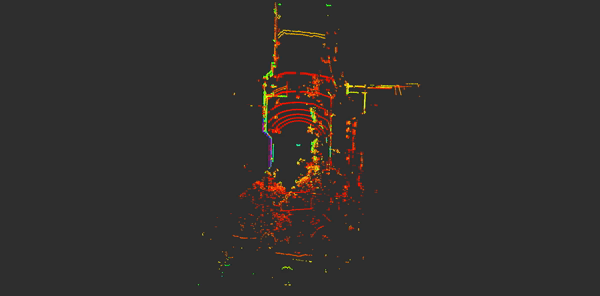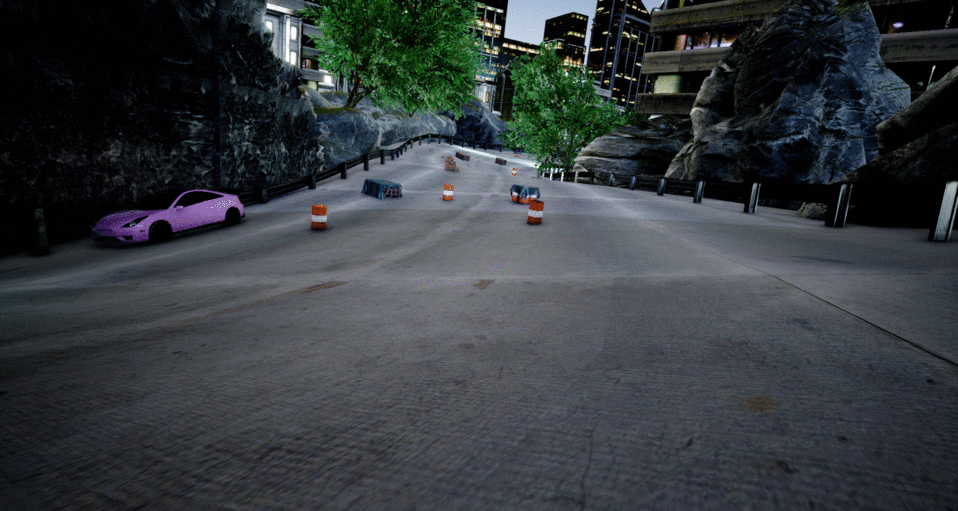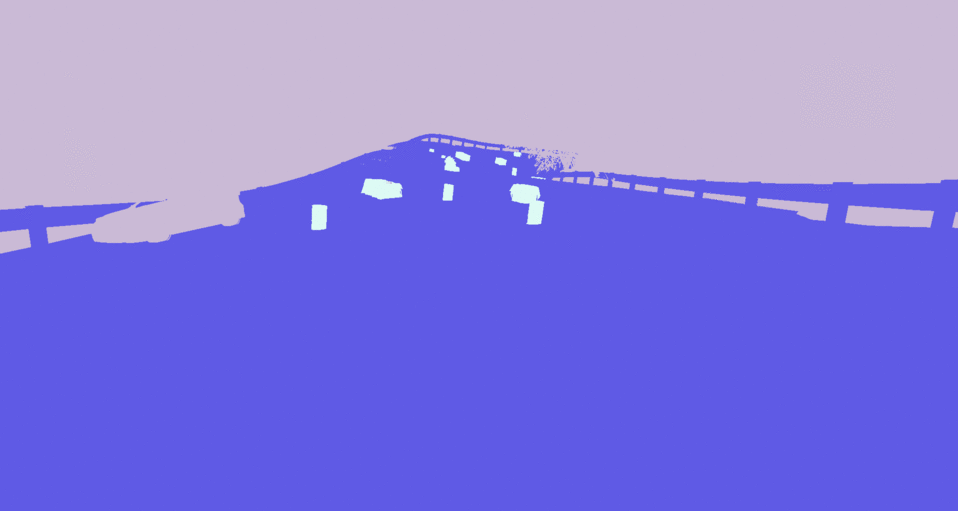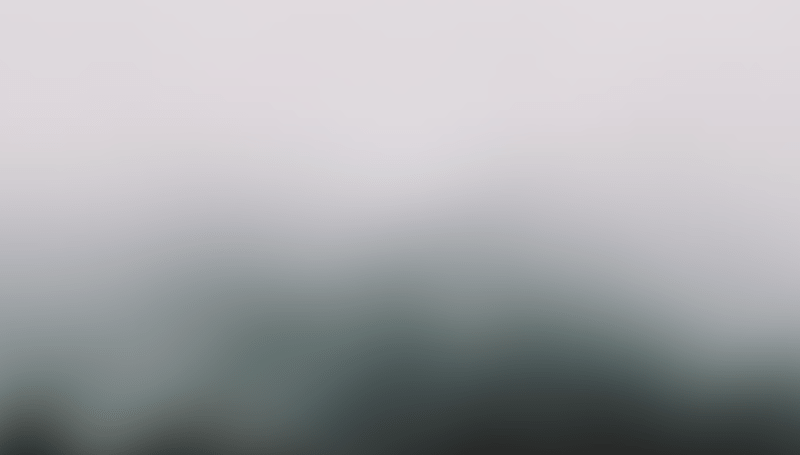Dataset Overview
Why Small Obstacle discovery ?
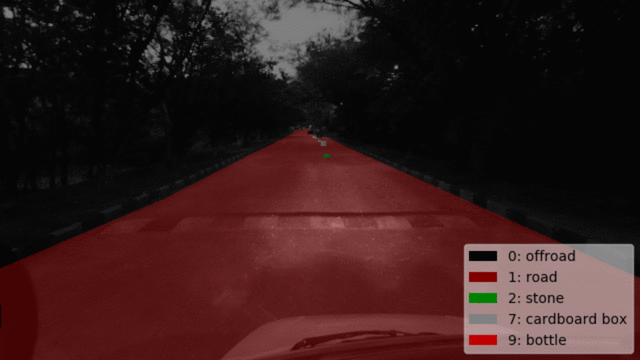
Advances in traditional Computer Vision problems, with the advent of Deep Learning, have percolated into industrial applications, particularly within the domain of Perception for Autonomous Intelligent Systems. Many computer vision tasks have been successfully tackled with Deep Learning techniques, particularly using Deep Convolutional Neural Networks. The state-of-the-art in Object-detection, semantic-segmentation and instance-segmentation has been well researched and documented. These networks act as function approximators for various features present in the RGB image. Their abilities are particularly accentuated when the image has distinct features, which is why networks are able to pick up signal from noise.
Small obstacles fall under the precarious position of being randomly classified, primarily because of a certain degree of lack of discernible features. Due to a general skew in their pixel frequency and their size within the frame, it seems difficult for neural networks to approximate small obstacle functions. Naturally, the question then arises, how do we pick up on small obstacle signal?
We release this dataset to pose this question to the research community. We provide two modes of sensor data. Dense RGB information, which is how traditionally this problem has been tackled, and Sparse Lidar depth. Images have been densely annotated. As of now, we restrict the labels to multiple instances of small obstacles, road and off-road. We also plan to release our benchmark on this dataset.
